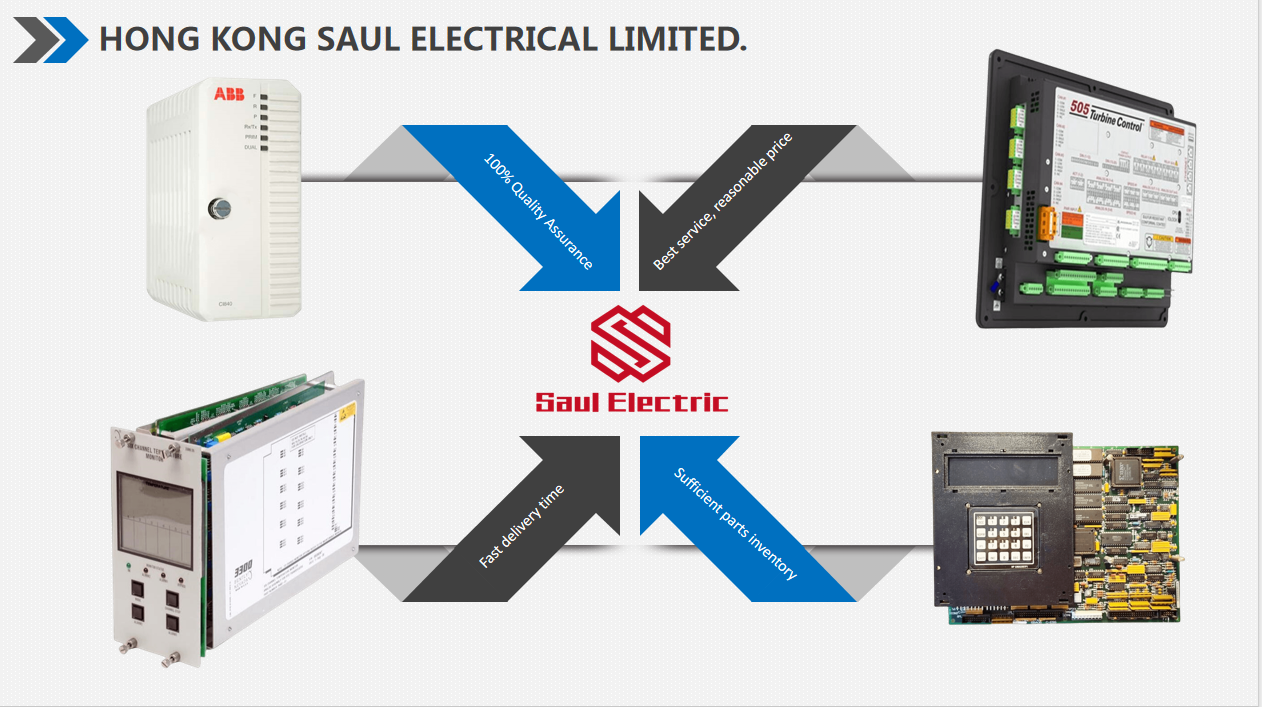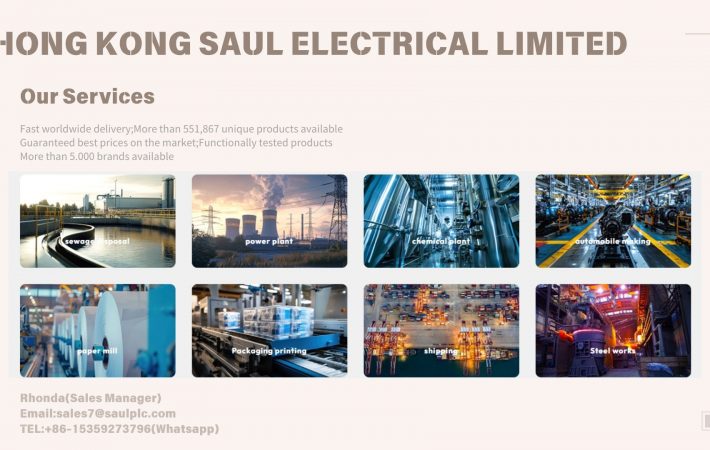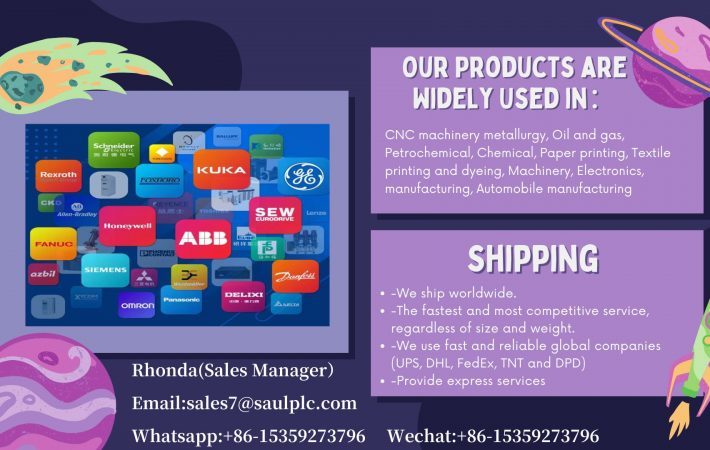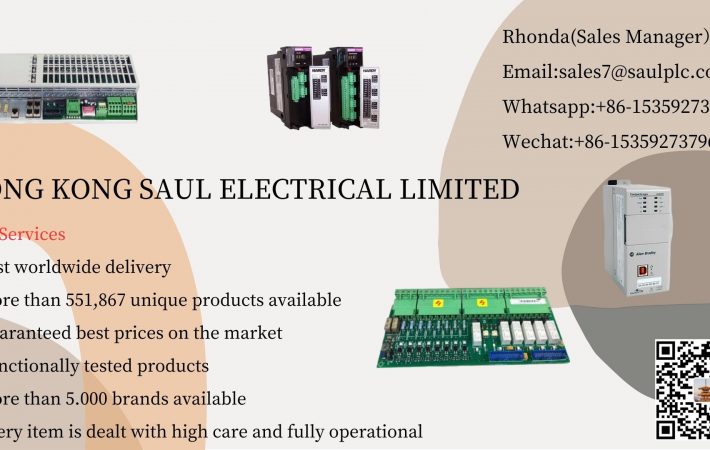Sensor refers to the sensor is able to feel the measured information, and can feel the information, according to certain laws, transformed into electrical signals or other required forms of information output, in order to meet the transmission of information, processing, storage, display, recording and control and other requirements of the detection device.
The core of the sensor is the sensing element, the sensing element is the sensor’s “eyes” and “mouth”, it is the physical quantity is converted into electrical signals or other forms of signal components. The output signal of the sensor is usually an electrical signal, but it may also be a light signal, acoustic signal, mechanical signal and so on.
According to the principle of the sensing element, sensors can be divided into the following categories:
Electrical Sensors: Sensors that convert physical quantities into electrical signals using the principles of electromagnetic induction, capacitive effect, thermoelectric effect, etc. For example: temperature sensors, pressure sensors, humidity sensors, photoelectric sensors, magnetic sensors and so on.
Optical sensors: the use of photoelectric effect, light refraction, light interference and other principles of physical quantities into optical signals sensor. For example: illumination sensors, image sensors, infrared sensors and so on.
Mechanical sensors: the use of mechanical principles of mechanics will be converted to physical quantities of mechanical signals of the sensor. For example: force sensors, displacement sensors, speed sensors, acceleration sensors.
Chemical sensors: the use of chemical reaction principle will be converted into a physical chemical signal sensor. For example: gas sensors, liquid sensors, etc.
Sensors are widely used in modern industry, agriculture, medical care, transportation and other fields. For example, temperature sensors are used to control air conditioners, refrigerators and other household appliances; pressure sensors are used to control the safe operation of machines and equipment; photoelectric sensors are used in industrial automation, machine vision and other fields; infrared sensors are used in human body temperature detection, fire alarms and other fields; force sensors are used in industrial production, medical diagnostics and other fields; displacement sensors are used in robotics, intelligent manufacturing and other fields; speed sensors are used in automobile, aerospace and other fields; acceleration sensors are used in automobile anti-lock system, smart phones and other fields; gas sensors are used in environmental monitoring, medical testing and other fields; liquid sensors are used in industrial production, medical diagnosis and other fields.
With the continuous development of science and technology, the types and performance of sensors are also constantly updated. In the future, sensors will be applied in more fields and play a more important role.






Leave a comment
Your email address will not be published. Required fields are marked *